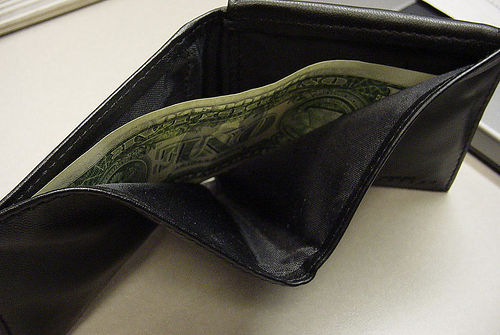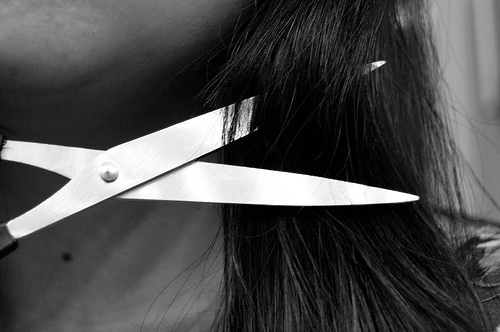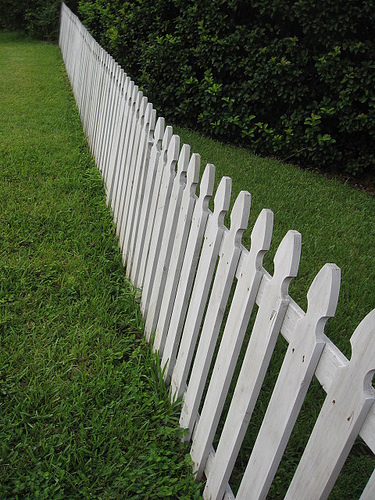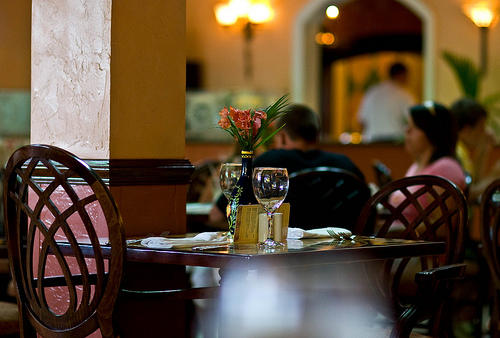Every month I’m learning more about saving and frugality. I freely admit, though, that I’m not as frugal as I could be. Not by a long shot. There are plenty of choices that I make that aren’t the most frugal, but I continue to make them anyway. Some of them are out of convenience, others compromise. Some are simply weaknesses that I’m continually trying to improve on. Here are my worst offenses:
Paper towels
I use dish rags and cloths for a lot of things, but sometimes I just want a paper towel for particularly tough messes. I don’t like keeping dirty or wet rags around the kitchen, so if I was going to switch to completely reusable rags, I’d be washing them constantly. Sometimes it’s just easier to use a paper towel. Of course, I use coupons to buy them, I always look for sales, and I try to keep my use to a minimum. That’s my frugal compromise.
Cable television
We don’t spend a lot of money on entertainment or meals out. The compromise? We spring for cable television with DVR. It’s expensive at about $60 a month, but it certainly makes it easier to stay home instead of going out and spending money.
Brand Names
For most things, I don’t mind buying the generic version to save money. But there are some items (including paper towels, dog food, laundry detergent and shampoo) that I spring for the brand name. In my experimentation, I’ve discovered that I really can tell a difference. Most of the time I can’t tell a difference between brand names and their generic counterparts, but if there’s a considerable quality difference, then I’ll spend a little more for the better product.
Food
The grocery store has always been our top weakness. We’ve worked really hard to cut our grocery spending down from $80-$90 a week to about $55-$60 a week. I wanted to cut it to $40 a week, but I found it to be too much of a struggle. So to make things easy on us, I decided to cut myself some slack. Somehow we still manage to go over budget on food every month, so this is definitely an area that I continue to work on. But I’ve stopped being quite so hard on myself about our failures. Every week is a learning experience.
I’m still working on doing better, and I continue to improve. But there are some things (like cable and paper towels) that I may never give up. Frugality is as much about compromise as it is about saving, so I try to keep a balance.
Do you have any frugal weaknesses?






